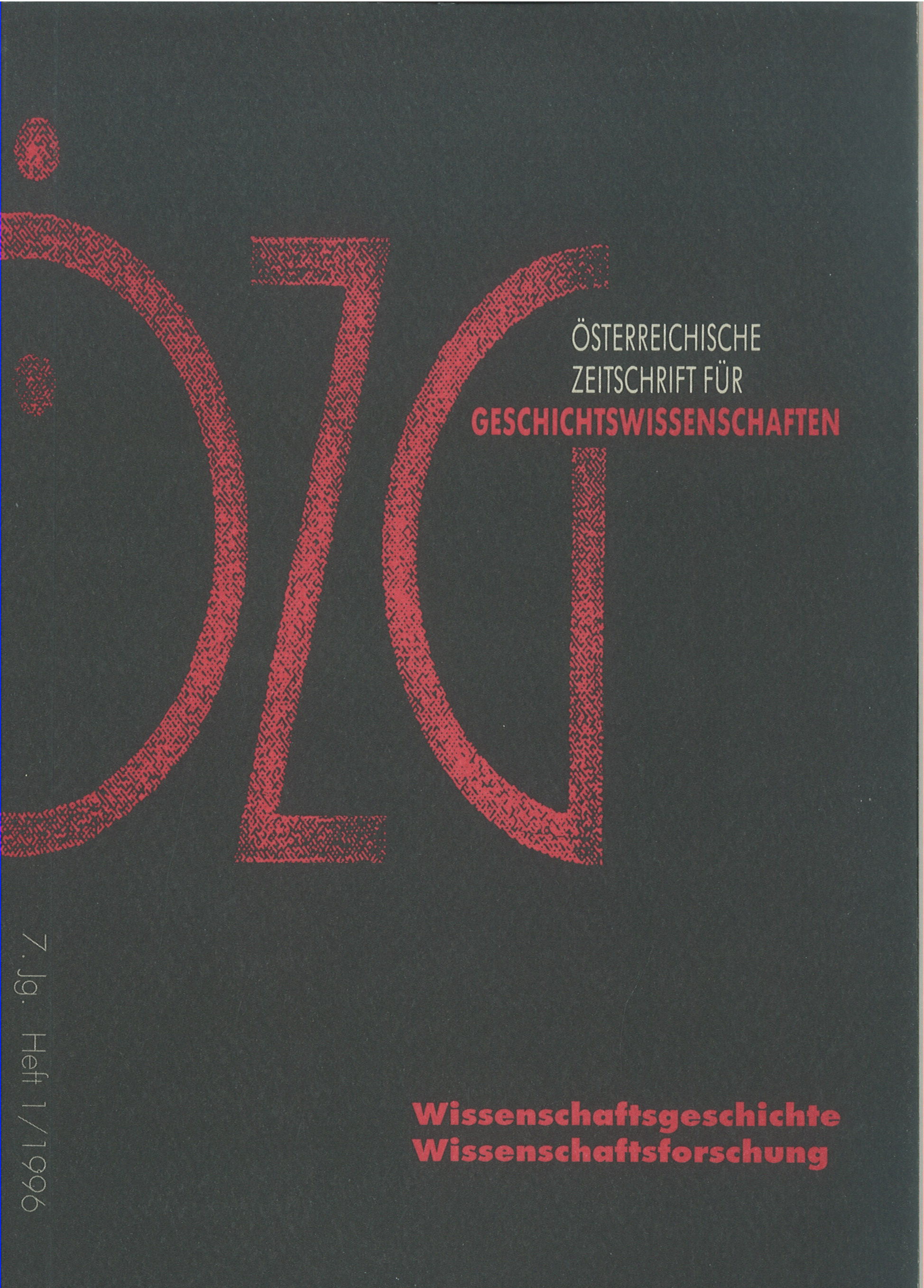Creativity in the Social Sciences in the First and Second Republic
DOI:
https://doi.org/10.25365/oezg-1996-7-1-2Abstract
The article takes its starting point from the remarkable creative difference in social sciences during the First and Second Republic and aims at formulating a theoretical framework for the production of eminent scientific and intellectual achievements. The author applys the instruments of network-theory to a specifically Viennese segment of the intellectual scene, the socalled informal discussion groups and circles, in order to explain the emergence of scientific and intellectual innovations. Models thus constructed, can then be successfully applied to a series of Viennese innovations such as Neurath's pictogram statistics, Goedel's theorem and Popper's criteria of falsification.


